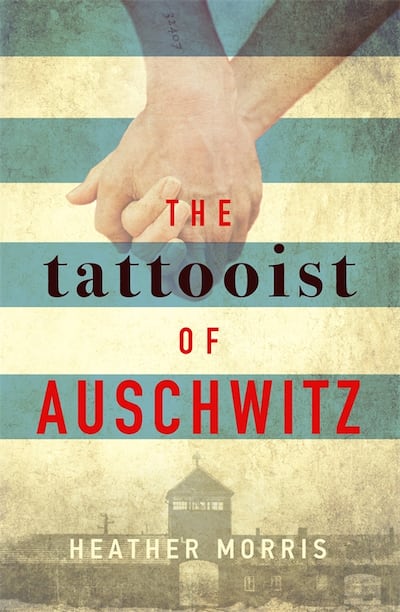
The Tattooist of Auschwitz is based on the true story of Lale and Gita Sokolov, two Slovakian Jews, two ordinary people living in an extraordinary time, deprived of their freedom, their dignity, their families, and even their names replaced by numbers, and how they survived Auschwitz concentration camp.
On arrival in Auschwitz-Birkenau Lale was given the job of tattooing numbers on prisoners selected to work, to live another day, numbers that would come to represent the most iconic symbol of the Holocaust. It was while tattooing 18-year-old Gita that he looked into her eyes and fell hopelessly in love. The Tattooist of Auschwitz is their story, a story of beauty, hope, courage and survival against the odds. A story about the love between two young people destined to be together for more than 60 years.
The Tattooist of Auschwitz resulted from three years of friendship between Lale Sokolov and I. I had been asked to meet Lale whose wife, Gita, had recently died. Told he might just have a story worth telling.
At our first meeting he opened his door to me guarded on each side by a dog. The word “come” muttered as the three of them turned and marched into a nearby room and I was instructed to sit at a dining table. I deliberately took no writing material or recording device with me. For two hours he talked, I listened, but I heard enough to say “can I come back next week?”.
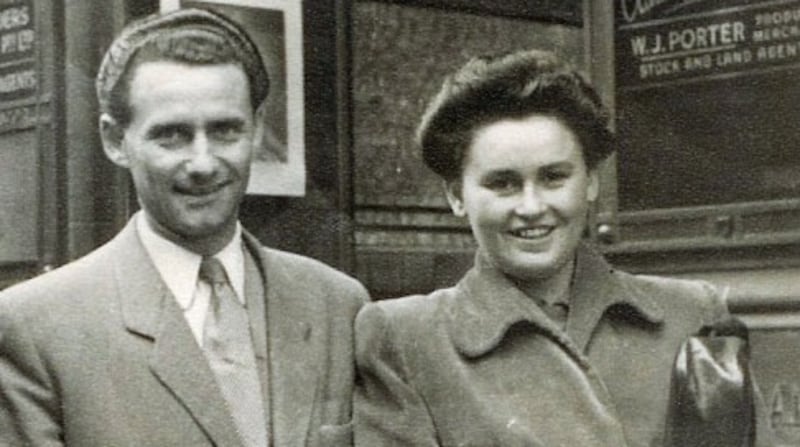
For several months I visited Lale two to three times a week. I stress the word visited – we sat together and talked, getting to know each other. If this beautiful old man was going to fully open up to me he had to get to know me the person, and that included my family.
I was getting his story out piecemeal, often with limited coherency and with no flow or connection to the many, many stories he told. Sitting with him and the kiddoes (his dogs who had decided I was okay), listening to what was essentially the ramblings of an old man was spellbinding. The twisted, convoluted story I was starting to make sense of, the significance and importance of which was beginning to dawn on me.
For six months I had no structure, no beginning, no end. What I had amounted to vignettes of Lale’s time in Auschwitz-Birkenau. The one thing that was immediately clear to me was the love story that began in July 1942 when Lale held the hand of 18-year-old Gita, looked into her eyes, her soul, and fell deeply in love with this young girl, her head shaven, dressed in rags, trembling with fear as he tattooed the number 34902 onto her left arm.
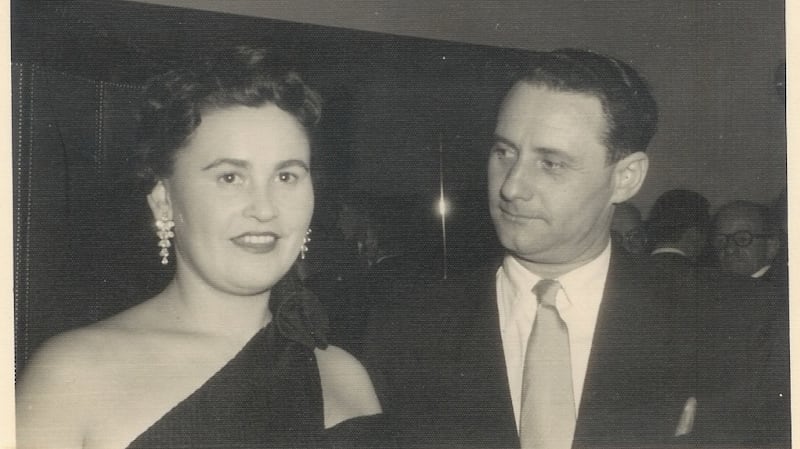
I determined that I wanted to tell the story simply with Lale and Gita the focus. To do this I took the genre of my story into that of historical fiction. I wanted to weave some of the emotional and relationship elements into the factual events that happened. Professional researchers had confirmed that history and memory in this case waltzed perfectly in step. I had now given myself the luxury of choreographing my story to provide, I hoped for, compelling reading.
I was faced with certain elements told to me by Lale that I had to decide whether or not to include or leave out. I very easily decided the depth of the horrors Lale had witnessed over and over again, particularly as they related to what he had seen with Josef Mengele, would be curtailed. I was after all, not telling the story of the Holocaust, but a Holocaust story – Lale and Gita's story. I did spend considerable time deciding how to write the relationship between Lale and his SS minder Baretski. In the end I chose telling it the way it happened, knowing this could potentially have readers question the morality of him acting as a friend to his enemy. He wasn't his friend. Lale was smart enough to know how to manipulate this man into thinking they were friends. Knowing at any time Baretski could shoot him dead. No questions asked. No consequences. Just one more dead Jew.
Given Lale had chosen not to give his story to anyone while Gita was alive, I asked him was this because he thought he might be accused of being a collaborator. His answer was yes, he could never do anything that might bring harm to Gita or their son should such an accusation come his way. With Gita’s death he was prepared to defend any accusation, knowing Gita would not be the subject of any whispers or innuendo.
In saying this he made it very clear to me, he at no time then or now ever believed anything he did could justify anyone saying he collaborated with the SS. Yes, he worked for the SS, but so did every person in camps Auschwitz and Birkenau. If you worked sorting out clothes and possessions of the prisoners arriving, you were working for the SS. If you worked on construction, building the blocks that would house the thousands of men and women brought to Birkenau, you worked for the SS. Did he have a choice? Of course he did, he could have said no, he could have taken his chances continuing to construct buildings, but he didn’t. He did not know at that moment, when he was told “you are now the Tätowierer” and he carried on with the job of tattooing, that there was an element of privilege attached to it. That there was, he used to the advantage and benefit of as many prisoners as he could in getting extra food and medicine.
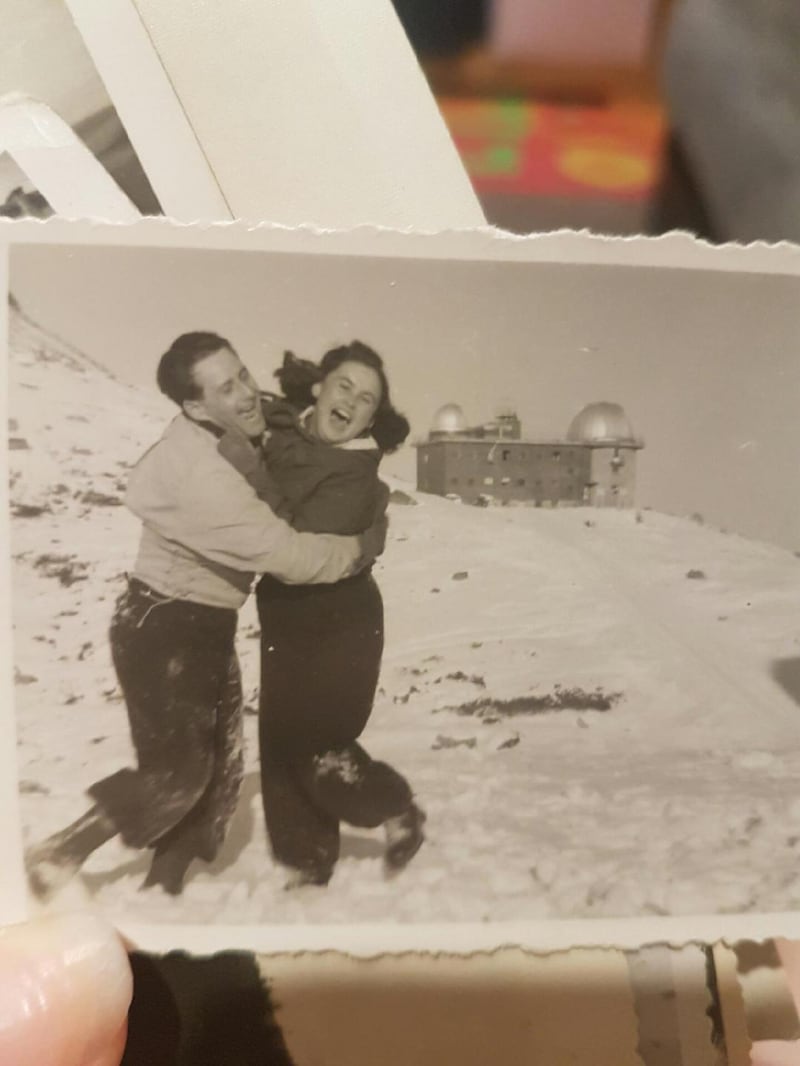
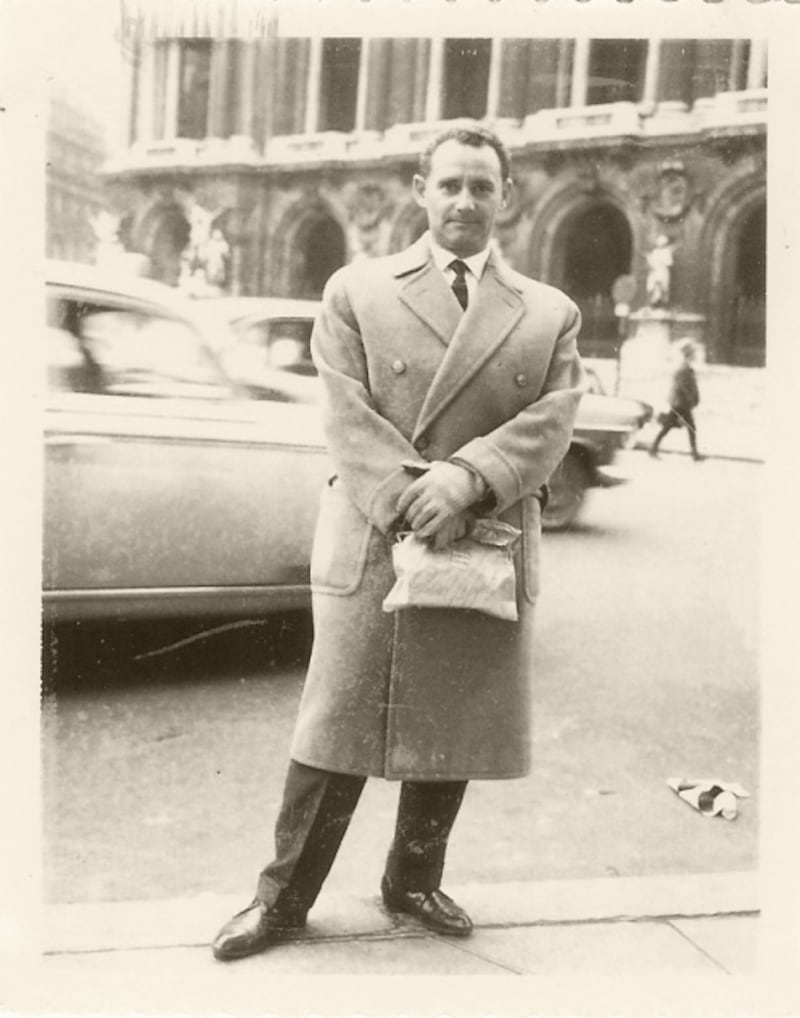
Did he feel guilt? Of course he did. It’s called survivor guilt. Every friend of his I met who had experienced time in a concentration camp showed obvious signs of this also. How can you not when you witness not only the death of family and friends but of humanity itself, and you end up walking away, not be haunted by the events and carry the burden of having survived? He chose to honour those who did not survive by leading the best life he could. He lived by the saying – if you wake up in the morning it is a good day.
- The Tattooist of Auschwitz by Heather Morris is published by Zaffre





















